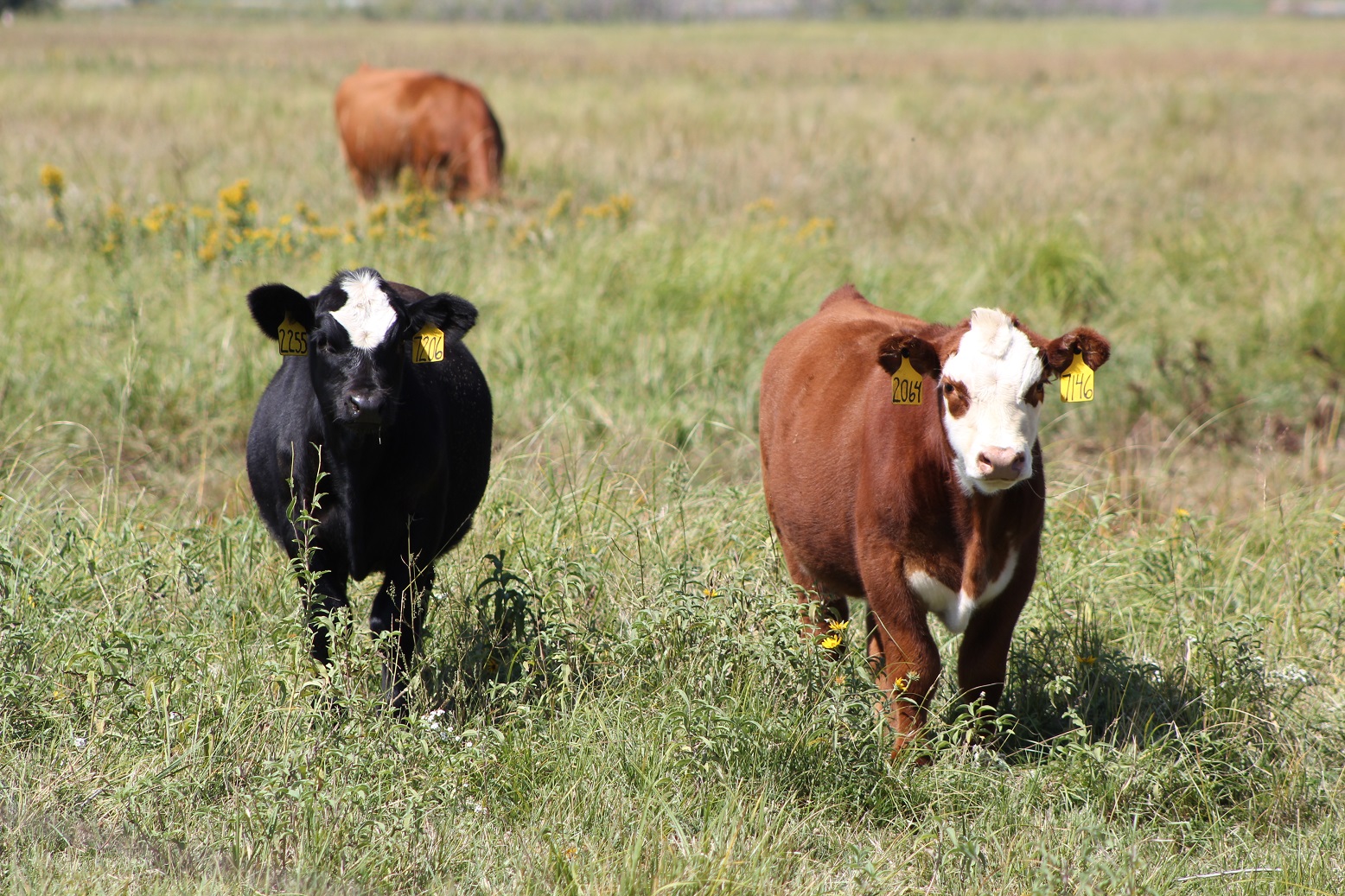
By Jay Parsons and Jim Jansen, Department of Agricultural Economics, University of Nebraska-Lincoln
Livestock producers have many of the same risk management insurance needs as crop producers. Price and market uncertainties pose a significant risk to cattle producers with a substantial amount of money invested in breeding livestock, land, and other infrastructure. Price protection through the Chicago Mercantile Exchange (CME) futures contracts can introduce financial burdens in the form of margin calls and may not be a good option for many smaller-scale producers. A Livestock Risk Protection (LRP) insurance contract that protects against unexpected down swings in the national cattle market price could be used as a risk management tool for these producers to protect their investment.
Like most insurance products, producers should not purchase LRP hoping to collect on it. All else being equal, the preference is for good, strong market prices to prevail along with solid returns on investment. Nevertheless, it should be of interest to producers considering LRP as a part of their market risk management plan to see how LRP has performed over the years. LRP is available in many forms, terms of length, and coverage levels. For more information on the details of LRP insurance for cattle, readers are encouraged to consult two NebGuides on LRP-Feeder Cattle and LRP-Fed Cattle available at http://farm.unl.edu or via the direct links provided below.
Livestock Risk Protection Insurance for Feeder Cattle
http://ianrpubs.unl.edu/live/g1723/build/g1723.pdf
Livestock Risk Protection Insurance for Fed Cattle
http://www.ianrpubs.unl.edu/epublic/live/g2257/build/g2257.pdf
For the purposes of this article, we analyzed all five LRP cattle products available in Nebraska from 2008-2017. We looked at a 13-week coverage endorsement taken out on August 6 (or the subsequent Monday if August 6 was on a weekend) of each year at the highest coverage price available. This resulted in an ending date of November 5-7 of each year. This is the shortest time frame a producer could look at insuring yet this year for calves coming off of grass this fall.
The premiums reported here are the producer premiums after the 13% subsidy has been paid by the USDA. The results for LRP-Feeder Cattle coverage on Steers Weight 1 (< 600 pounds) is presented in Table 1. The results for LRP-Feeder Cattle coverage on Heifers Weight 1 (< 600 pounds) is presented in Table 2. The results for LRP-Feeder Cattle coverage on Steers Weight 2 (600-900 pounds) is presented in Table 3. The results for LRP-Feeder Cattle coverage on Heifers Weight 2 (600-900 pounds) is presented in Table 4. And, finally, the results for LRP-Fed Cattle coverage on Steers & Heifers (> 900 pounds) is presented in Table 5 (Tables 1-5: https://go.unl.edu/jjmg).
For each of the LRP-Feeder Cattle products, indemnities were not paid in the five consecutive years from 2010-2014 during the price run-up in the cattle markets. However, over the ten years analyzed, total indemnities paid out were greater than producer premiums collected by an average of $1.18 per cwt. for Steers Weight 1, $1.07 per cwt. for Heifers Weight 1 and Steers Weight 2, and $0.96 per cwt. for Heifers Weight 2. The indemnity ratio for each of the four products over these ten years was 1.33 meaning that if a producer consistently insured the same quantity each year, each $1.00 in premiums paid into program would have yielded $1.33 back in indemnities. For example, a producer insuring 48,000 pounds of Steers Weight 1 each year would have paid out $17,011 in premiums over 10 years and received $22,666 in indemnities over that same time period. Over the ten years, actual ending values were greater than expected five times and less than expected five times but the most a producer can lose with LRP is the premium they pay for it while the indemnity they may receive is whatever is necessary to get them back to their coverage price value. The large payouts in 2008 are an example of LRP indemnities providing considerable risk management protection for the premiums paid into it.
The results for LRP-Fed Cattle were a little less positive in terms of insurance but more positive in terms of the market outcomes. In six out the ten years, the actual ending price value exceeded expectations. However, that led to only three out of ten years where the LRP insurance indemnity exceeded the producer premium. Even with that, however, the average net result for the LRP-Fed Cattle product analyzed over the ten years was a positive $0.27 per cwt. The indemnity ratio was only 1.08 meaning for every dollar collected from producers in premiums, $1.08 was paid out in indemnities.
It is important for producers to remind themselves why they might want to buy any insurance product. Its primary purpose is to provide producers with a tool to protect against unexpected downward price movements in the national market. In 2008 and again in 2016, LRP insurance was clearly doing its job by providing producers who purchased a 13-week policy in early August with price coverage for early November sales level that allowed them to net out a better return in a challenging market situation. However, guessing which way the market is going to move can become a dangerous game with serious consequences. That is why producers who are concerned about the markets moving against them are encouraged to consider LRP insurance as a regular part of their market risk management plans and not just pick and choose which years to consider it. Some years there may not be something available that meets their needs but, assuming there is, producers should then choose a coverage level they are comfortable with that meets their risk management objectives and goals for protecting returns.
Jay Parsons
Farm and Ranch Management Specialist
Department of Agricultural Economics
University of Nebraska–Lincoln
jparsons4@unl.edu
Jim Jansen
Regional Agricultural Economist
Eastern Nebraska Research and Extension Center
University of Nebraska-Lincoln
jjansen4@unl.edu
To listen to BeefWatch podcasts go to: https://itunes.apple.com/us/podcast/unl-beefwatch/id964198047 or paste http://feeds.feedburner.com/unlbeefwatch into your podcast app.